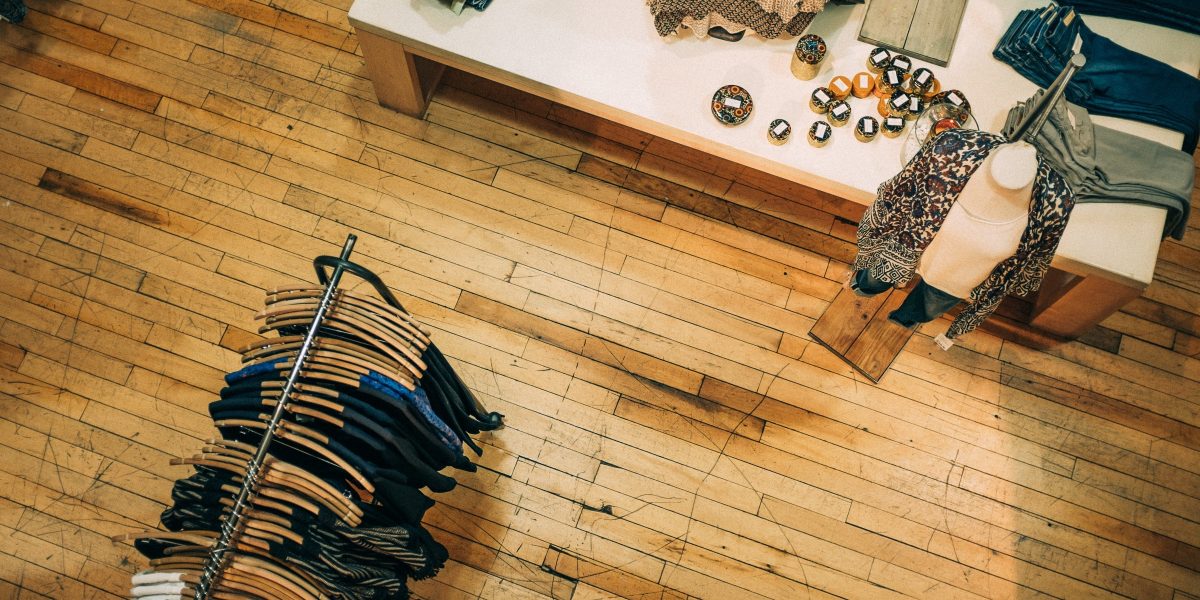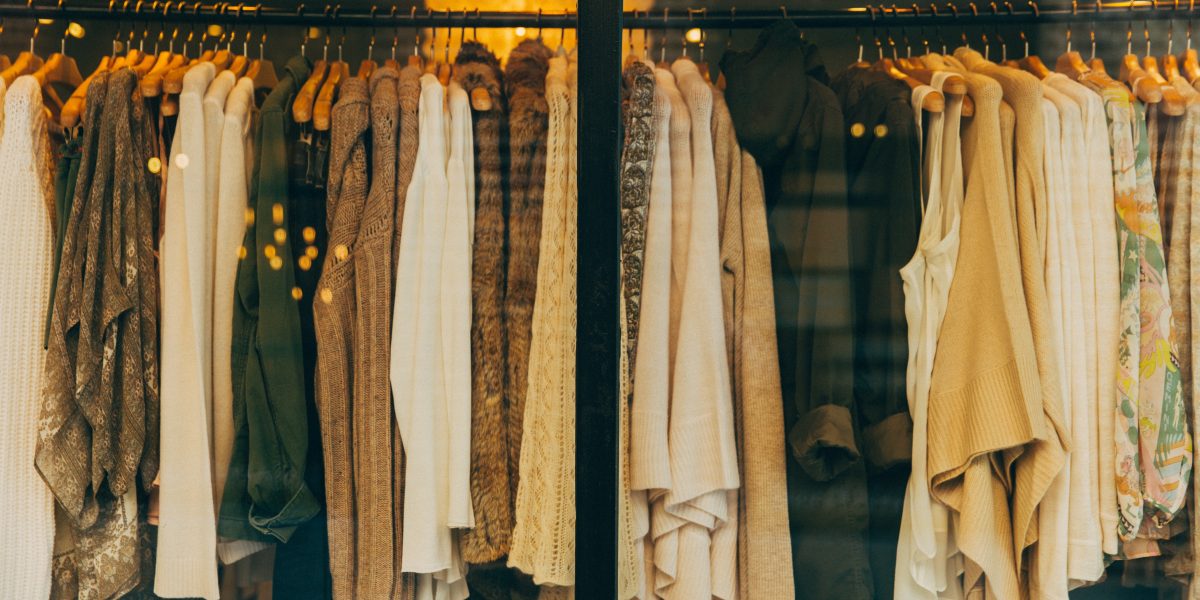Helpful Tips
Rented Clothing? Here’s What You Need To Know
With more fashion brands focusing on sustainability, it was only a matter of time before renting clothes became the “in thing” to do. To date, there are already a few fashion houses that allow consumers to rent their favorite pieces, return them and then rent something else.
But with so many people wondering whether this really helps decrease their carbon footprint and help aid in the exploitation of factory workers, understanding the process means weighing the pros and cons of rental clothing.
From Couture To Fast Fashion
By far, Rent the Runway is one of the top fashion rental lines that allows consumers to wear designer duds at a fraction of the cost. There are also others that offer the same business model but on a smaller scale. Gwynnie Bee, Le Tote, and other brands also offer subscription-based rentals, which allows customers to rent a specific number of outfits each month.
The idea is to create an environment where fashion is affordable for everyone. The issue is, even with the lower price point, not everyone can afford it. However, with so much positive focus on the decreasing waste that often accompanies clothing manufacturing, rental clothing seems to be on the upswing.
In terms of scalability, the rental clothing business model seems sound. It allows brands to profit from traditional sales but also cater in a new genre of consumers who don’t want to commit or leave a negative mark on the environment. Especially when it comes to water usage and the direct correlation between fashion and a younger demographic, rental clothing lines seem to be the most popular choice.
Final Thoughts
While rented fashion may not be for everyone, it’s not surprising that so many brands are jumping on the rental bandwagon. And not everyone brand will make it when it comes to renting couture, it can reduce their carbon footprint.
For consumers, renting clothing does allow them to save money, change their style and do their part when it comes to decreasing what ends up in a landfill. But with so many still unanswered questions about clothing rental, the only way to know if it will become mainstream or simply be thought of as a passing fad is time.
4 Tips To Make Your Closet More Sustainable
We all want to find ways to be more environmentally-friendly. We look for ways to use less water or create less waste, but your efforts can go further than that. For example, simply organizing your closet and taking care of your clothes can have a positive impact on the environment. If you want to learn how your closet can be more sustainable, consider these helpful tips.
Wash Your Clothes Less Often, and Dry Them Naturally
Washing your clothes accounts for as much as 80 percent of their environmental impact, which makes sense when you consider how much water your washing machine uses. If you only wear a garment once for a short period of time, it probably doesn’t need to be washed immediately. When you do wash your clothes, keep the water around 30 degrees and skip the tumble drier if you want to use less energy.
Organize Your Closet
As strange as it sounds, simply organizing your closet can make your wardrobe more sustainable and cost-effective. When you take the time to organize your closet and make sure that all of your best clothes are there for you to see every day, you might realize how much you really have and what you can do with it. You won’t be tempted to go out and buy new clothes, which leads to fewer trips to the store and fewer big purchases.
Buy Clothes with Organic Cotton
Fabrics with microfibers tend to end up polluting the oceans when they get thrown out or even when they go through your washing machine. When you buy new clothes, stick to garments made from organic cotton or cotton that has been certified by the Global Organic Textile Standard, or GOTS. This will take some additional research on your part, but simply owning organic cotton clothes will make your wardrobe more environmentally-friendly.
Never Throw Out Old Clothes
Finally, never throw away your old clothes. It might be tempting to throw away a shirt because it’s missing a button or a dress with a hole in it, but these can be fixed relatively easily. If you can’t do it yourself, find someone who can. If something really is beyond repair, find a different use for it such as a cleaning rag or even fabric for some new clothes. No matter what you do, it will be better for the environment than simply throwing it in the trash.



